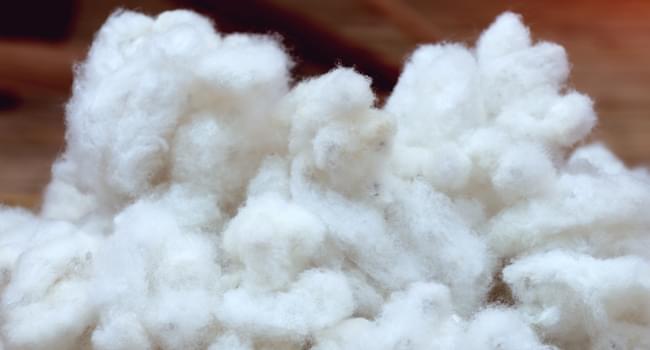In 2020, global fluff pulp consumption was 6.49 million air-dried tonnes, valued at $6.23 billion. This is up from 5.43 million air-dried tonnes, valued at $4.15 billion in 2015, according to the latest Smithers’ report
‘The Future of Fluff Pulp to 2025’. Smithers’ estimates consumption will reach 7.86 million air-dried tonnes, valued at $7.73 billion by 2025.
The large hygiene end uses (baby diapers/nappies, feminine hygiene pads and adult incontinence products) consume the majority of fluff pulp globally and are driving the growth of the fluff pulp market. By 2025, they will continue to consume 89.9% of the world’s fluff pulp; this is a new trend as nonwovens had historically been growing at a faster rate than hygiene.
These markets for fluff pulp have an estimated demand of around 6.5 million (air dried) tonnes. The presence of about 2.3 million tonnes of “swing” capacity, that is fluff pulp production capacity which can switch (or swing) to other pulp products, like dissolving pulp or papermaking grades, makes it possible for producers to carefully manage supply and demand. The current global emphasis on reducing plastics waste should encourage growth in fluff pulp use.
The consensus is that the COVID-19 pandemic will not seriously affect fluff pulp production. Fluff pulp production depends on raw material, trees, and pulp mill capacity. In 2020, 96.4% of all fluff pulp is consumed in recession proof hygiene markets, disinfecting wipes or medical end uses. The remaining 3.6% are food pads, industrial sorbents, and, as mentioned above, wipes other than disinfectant.
Smithers’ analysis for ‘The Future of Fluff Pulp to 2025’ identifies the following key trends and drivers leading to fluff pulp growth over the next five years:
- Plastic waste elimination - Plastic components replaced by non-plastics, including fluff pulp
- Pricing - Increased fluff pulp pricing encourages production at competitive price
- Capacity developments - Supply/demand tightening through to 2025
- Non-softwood fluff pulp - Eucalyptus established as fluff pulp raw material
- Impact of fluffless/pulpless - Reduced fluff demand due to fluffless cores outweighed by overall demand cores
- Cost in use - Fluff pulp has lower cost in use than cotton textiles
- Sustainability – Fluff Pulp is the most sustainable raw material for products
- Pulping processes - Move to kraft process will improve cost and sustainability
- Pulp (sheet) properties - Move to untreated fluff pulp grades slow but certain
- Rolls versus bales - Bales will remain small percentage of fluff, only for speciality use
- Fibre properties - Ongoing research to modify fibre length and distribution
Smithers latest report, ‘The Future of Fluff Pulp to 2025’ provides in-depth market forecasts segmented by process, type, end-use and geographic markets, as well as a comprehensive analysis of key market drivers and trends in the fluff pulp markets globally and information on how the fluff pulp markets are dealing with the increasing demand and how this will be affected by COVID-19.
Purchasers of this report will also recieve a free copy of our brand new report The Impact of COVID-19 on the Nonwovens Industry, which presents three scenarios, and models how the markets are likely to evolve in the immediate short-term and over the next five years, based on an in-depth assessment for each end-use application in both disposable and durables nonwovens product.
Find out more information and gain a full list of contents and figures
